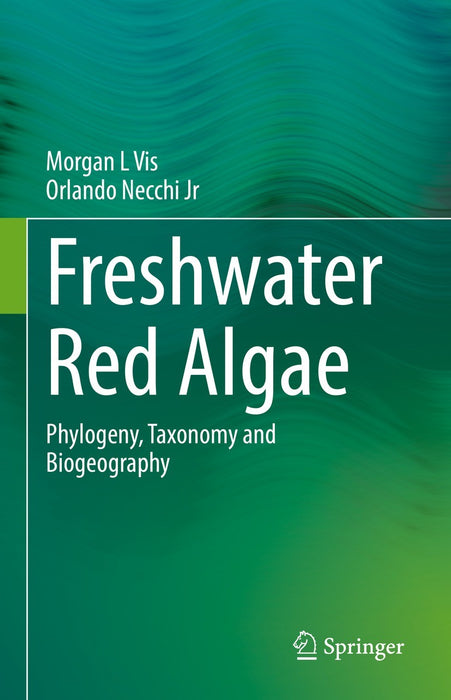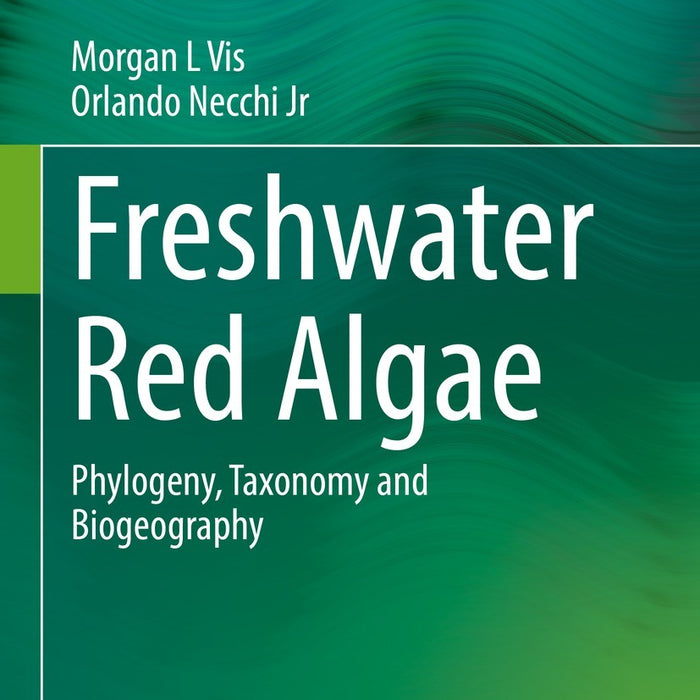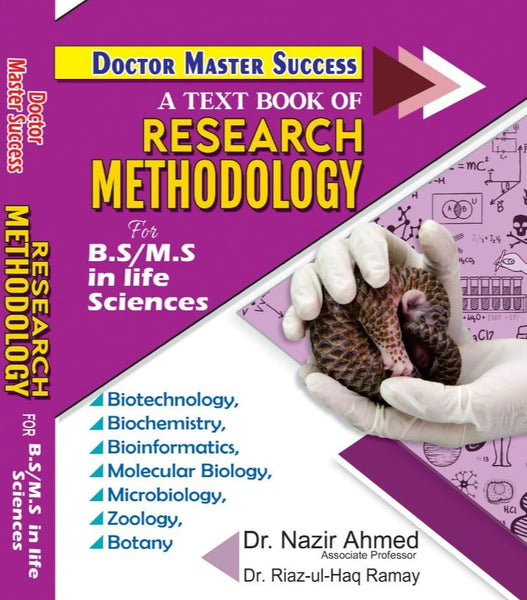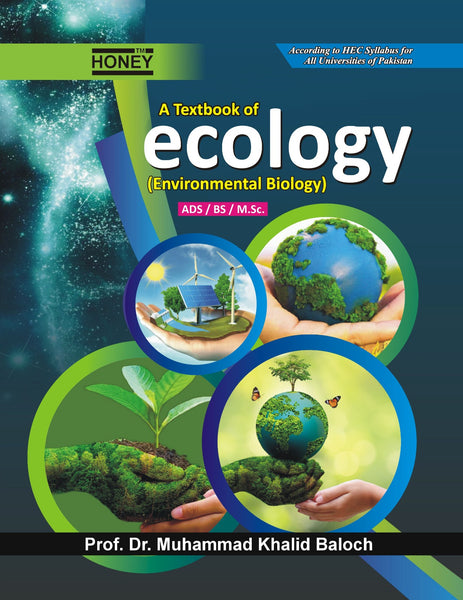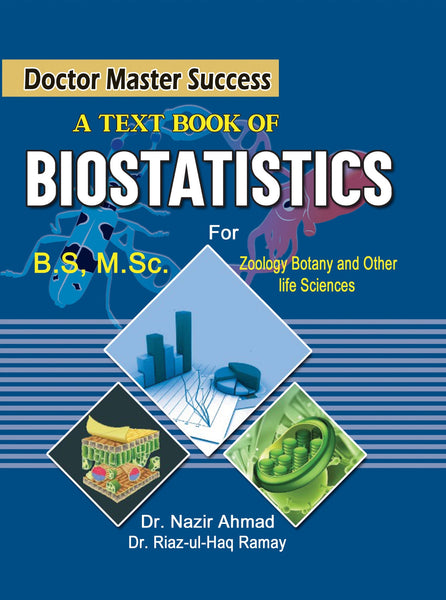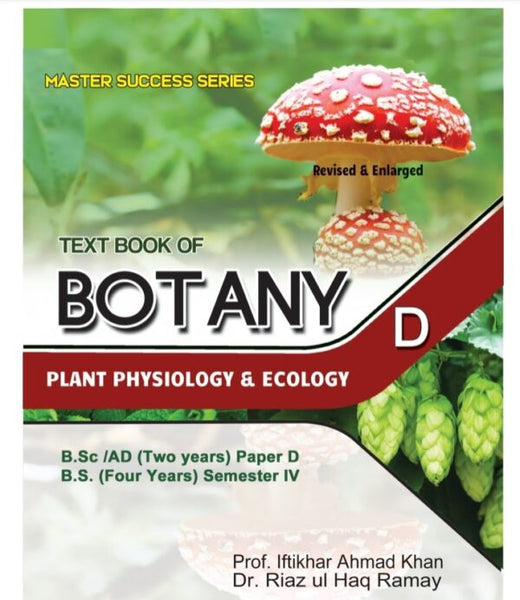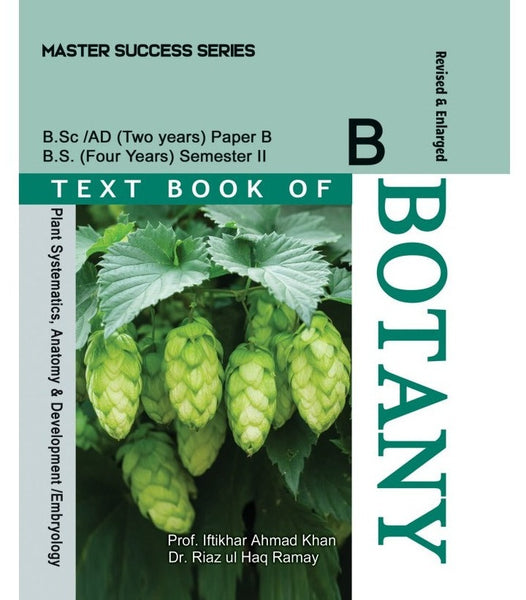Freshwater Red Algae: Phylogeny, Taxonomy and Biogeography by Morgan L Vis
- Publisher: BIOLOGY
- Availability: In Stock
- SKU: 49116
- Number of Pages: 350
Rs.790.00
Rs.995.00
Tags: Algae and Environmental Adaptation , Algae Biodiversity in Freshwater , Algae Biogeography , Algae Classification , Algae in Freshwater Ecosystems , Algae Species Classification , Algae Taxonomy and Phylogeny , Algal Evolution , best books , Best Price , Best Selling Books , Biogeography of Algae , Freshwater Algae , Freshwater Algae Biogeography , Freshwater Algae Taxonomy , Freshwater Algal Diversity , Freshwater Algal Species , Freshwater Ecosystem Algae , Freshwater Red Algae , Freshwater Red Algae Biogeography , Freshwater Red Algae Phylogeny , Phylogenetic Relationships in Algae , Phylogenetic Studies of Algae , Phylogeny of Red Algae , Phylogeny Taxonomy and Biogeography , Red Algae Diversity , Red Algae Ecology , Red Algae Phylogeny , Red Algae Species , Red Algae Taxonomy , Taxonomy of Red Algae
📘 Title Name: Freshwater Red Algae: Phylogeny, Taxonomy and Biogeography
✍️ Authors: Morgan L. Vis, Orlando Necchi Jr
📦 Quality: Black White Pakistan Print
🔹 Introduction:
This detailed volume explores the evolutionary relationships, classification systems, and global distribution of freshwater red algae. It is an essential reference for phycologists and aquatic ecologists.
🔑 Key Points:
-
Comprehensive phylogenetic analyses of freshwater red algae.
-
Covers global biogeography and ecological roles of key species.
-
Valuable for researchers in taxonomy, ecology, and biodiversity conservation.

